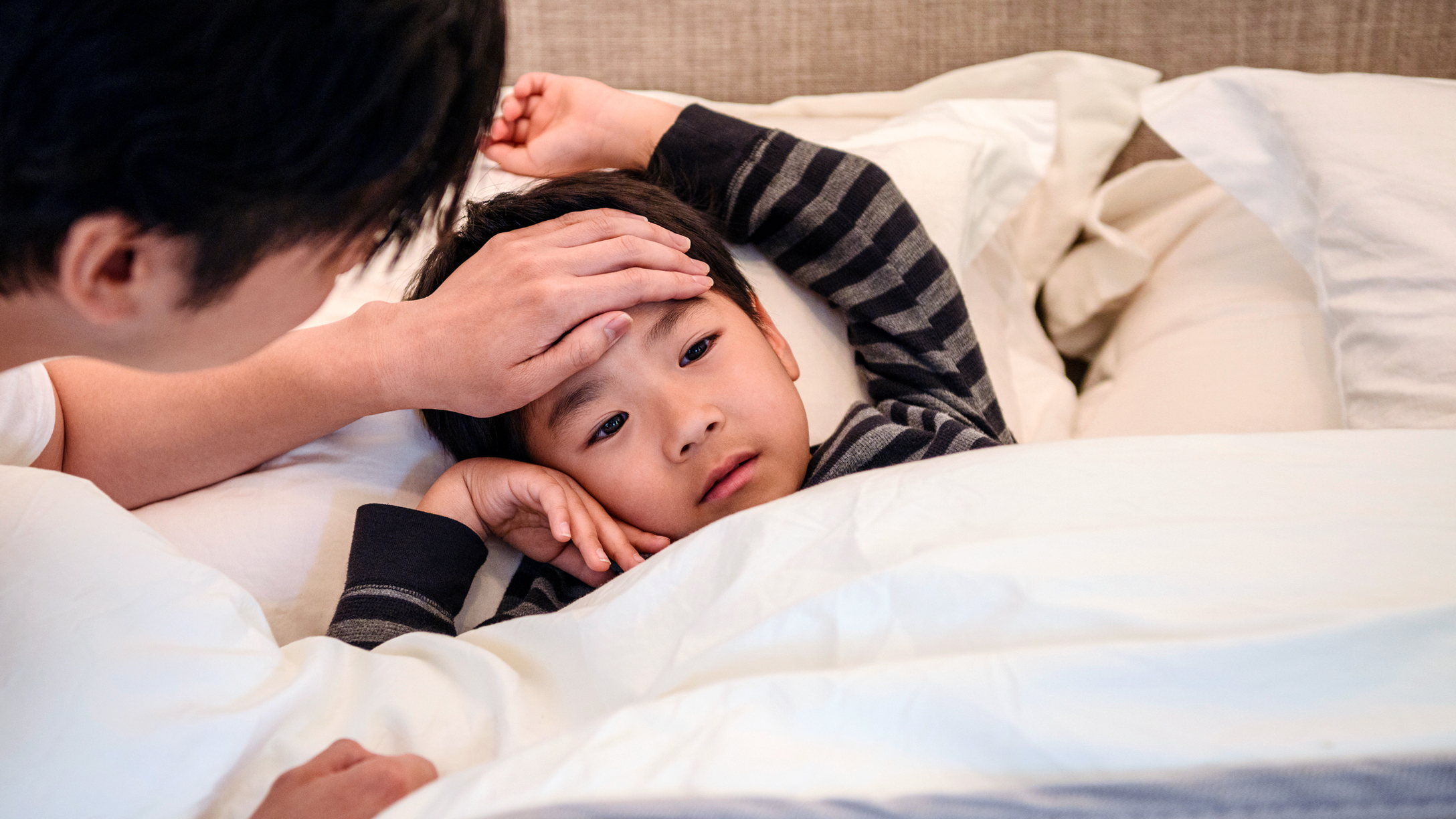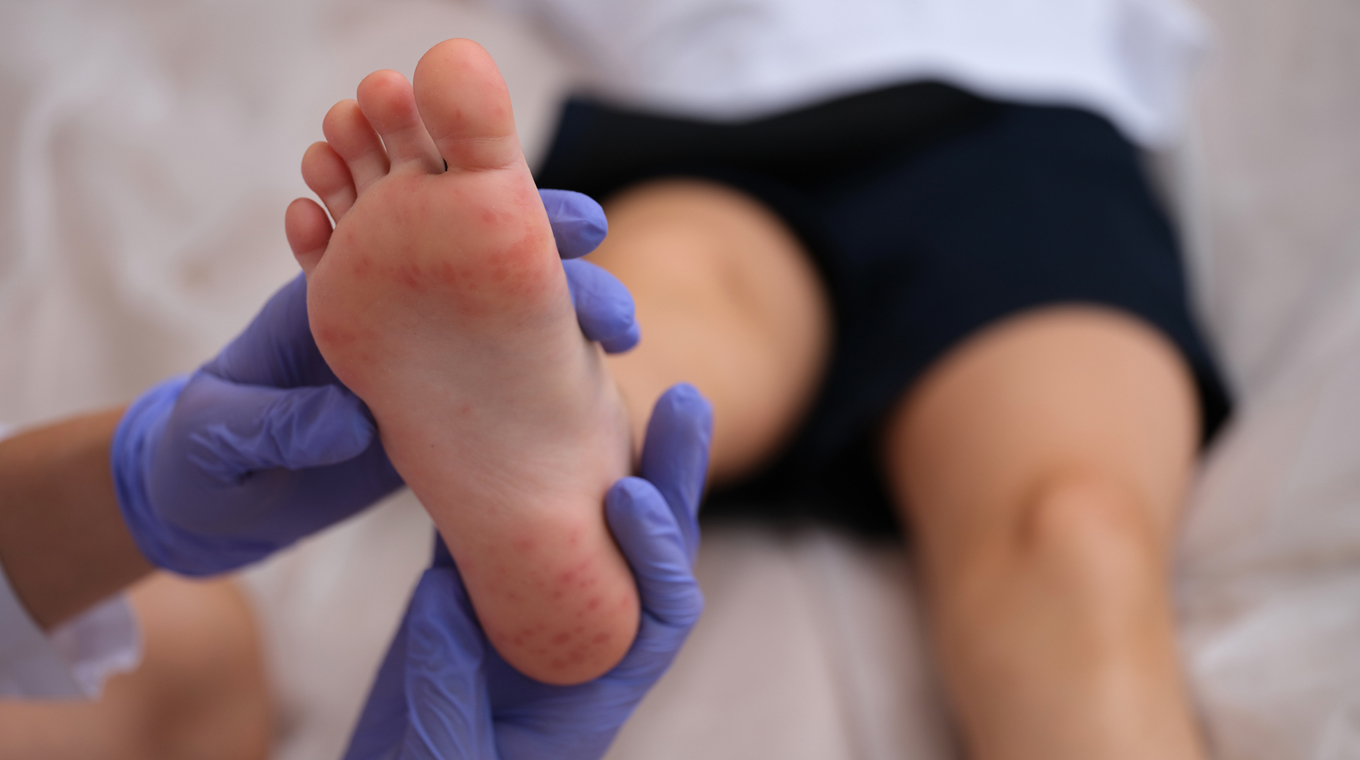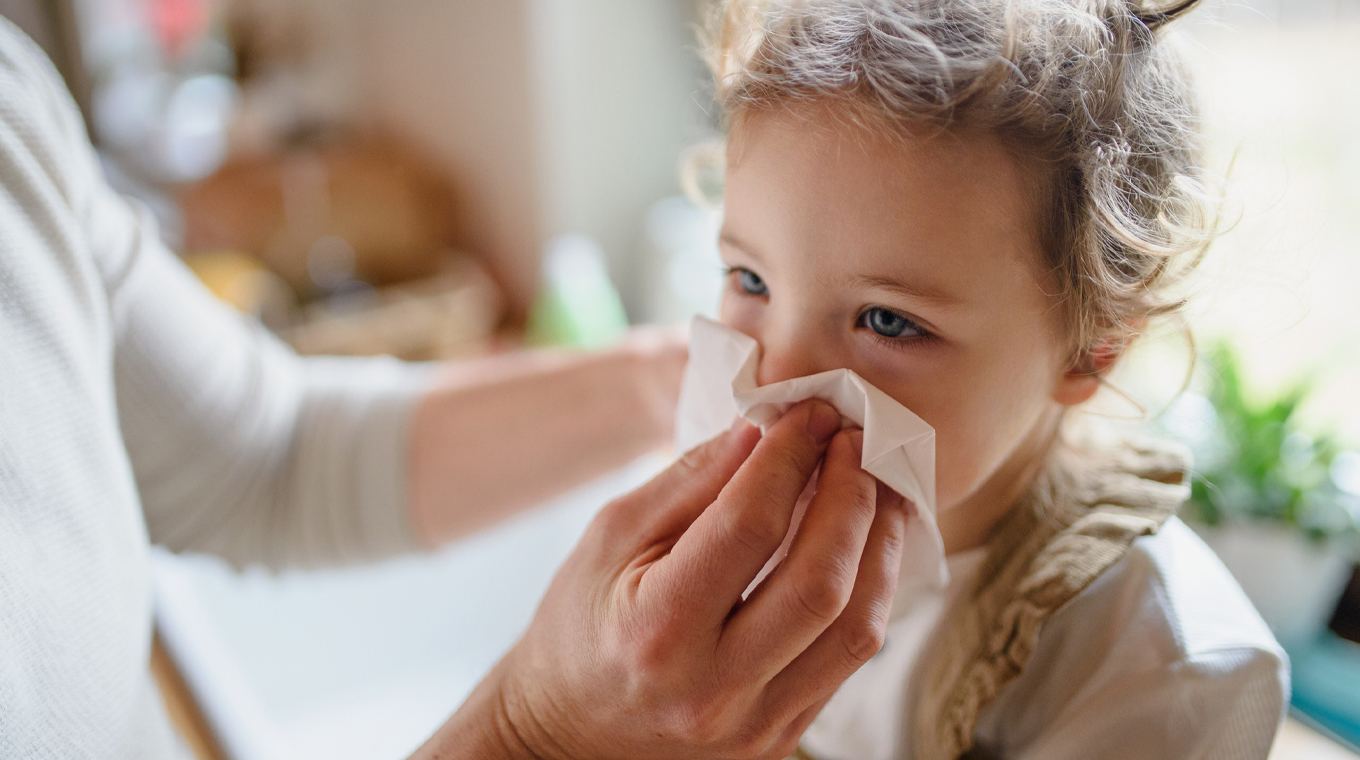
In this article
As a parent, you may worry about various illnesses that could affect your kids; hand-foot-and-mouth disease might be one of them. This is a highly contagious viral disease most commonly found in children under the age of five. Anyone can catch it and it presents itself with sores in the mouth, on the hands and feet, and in the diaper area. Here’s what you need to know about hand-foot-and-mouth disease — the cause, the symptoms and the treatment.
Hand-foot-and-mouth disease symptoms

Those with hand-foot-and-mouth exhibit some common symptoms that you should be aware of. According to the Mayo Clinic, symptoms include a fever, sore throat, feeling unwell, painful lesions on the tongue, gums, and inside of the cheek, a rash on the palms and soles of the feet, and a loss of appetite. Infants and toddlers may also be unusually fussy.
A person with hand-foot-and-mouth disease may exhibit some or all of the symptoms. The most notable ones are the sores in the mouth and the rash on the hands and feet. If you are concerned that your child has hand-foot-and-mouth disease, have them examined by their pediatrician to confirm and get treatment.
There is a three to six-day incubation period and the first symptom is usually a fever. A day or two after the fever is when sores in the mouth or throat may present themselves.
While adults can also get the illness, they are often asymptomatic and don’t present the same level of sores and discomfort that children do.
“One notable thing about hand-foot-and-mouth disease which may leave parents alarmed is the splitting of finger and toenails a few weeks to a month after the child recovers from the virus,” Crystal Dinopol, M.D. told Mom.com. “This phenomenon is onychomadesis and is not anything serious.” Still, parents should be aware of it.
Hand-foot-and-mouth disease treatment

Because hand-foot-and-mouth disease is a viral infection, it cannot be treated with antibiotics. In fact, the CDC states that there is no specific medical treatment for the disease. Parents can only take measures to relieve the symptoms of the disease. This involves over-the-counter treatments.
Give your child something to alleviate the fever and relieve the pain. Children’s Tylenol or Children’s Motrin can be used as directed on the bottle or by your pediatrician. Make sure that your child is hydrated and drinking enough fluids. This can be hard when the pain of the sores makes it difficult to swallow. A warm liquid may help soothe the mouth and throat as they swallow.
When to call your pediatrician
Seek medical attention if the symptoms don’t subside after 10 days. Also, if your child is not drinking enough, you may need to get them an IV for hydration. Children with a weakened immune system should also get medical attention. Children under the age of six months should also go to the doctor. As always, when it comes to your child’s health, don’t hesitate to take them to the pediatrician to get a proper diagnosis and treatment plan.
Mark Joseph had to deal with hand-foot-and-mouth disease with his son when the child was three. It was a mysterious illness at first until he found out from another mom what was going on. “I immediately consulted our family doctor and started treating my son’s symptoms,” Joseph told Mom.com. Along with pain relievers, he applied a lotion for the rash. “I also made sure he got lots of rest and fluids. Within a few days, he was feeling better.” Joseph says he was lucky that his son’s case was not severe, and that his symptoms were easy to deal with.
Cause of hand-foot-and-mouth disease

Hand-foot-and-mouth disease is caused by a virus known as coxsacklevirus. The virus spreads easily through contact with unwashed hands, feces, saliva, mucus from the nose, and fluid from the blisters. The disease can quickly spread in a classroom or nursery environment where kids are sharing community toys and don’t have the hygiene habits that they should.
Those with the disease are generally most contagious during the first week of being sick. However, it is possible to spread the virus for days or weeks after the symptoms go away. It’s important that parents know if their child has been exposed to hand-foot-and-mouth disease so that they can be aware if their child exhibits any symptoms.
You can catch the virus by exposure to respiratory droplets that are spread when someone coughs or sneezes. Coming in contact with an infected person or something they have touched will also lead to potential infection. While this disease is most commonly diagnosed in the summer and fall, it can occur any time of the year.
*cause of hand-foot-and-mouth disease




